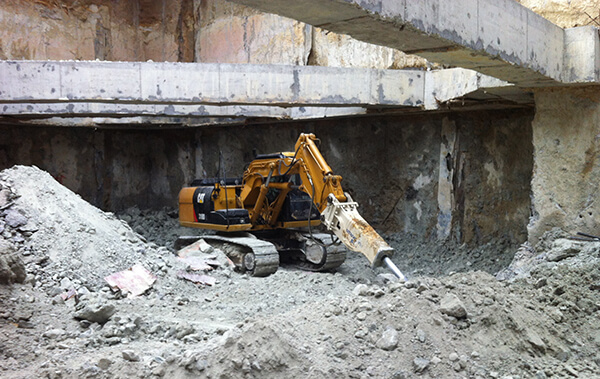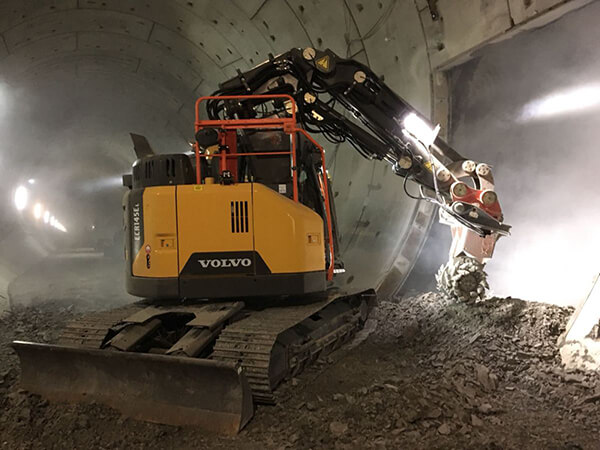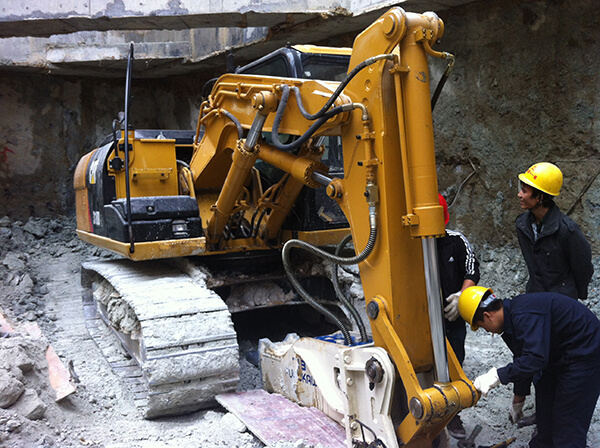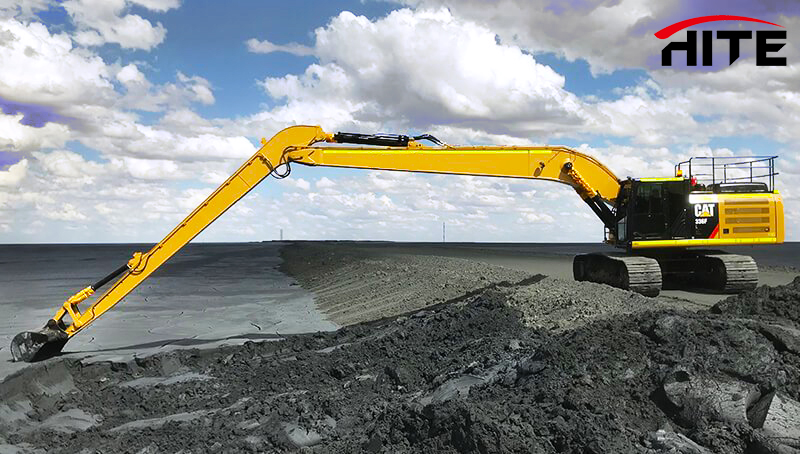In the world of construction, tunnel excavations require powerful machinery to tackle the challenging task. Among the most versatile and efficient tools in the construction industry is the digger tunnel arm. This specialized attachment is specifically designed for tunneling operations, enabling efficient excavation, debris removal, and overall project progress. In this article, we will delve into the installation and daily maintenance procedures to help operators optimize the performance and longevity of this crucial equipment.
Installation Process:
Before diving into the details of daily maintenance, let’s explore the initial installation process of the digger tunnel arm. This attachment is typically mounted on the main body of an excavator. Follow these key steps to ensure a successful installation:
- Equipment Inspection: Begin by thoroughly inspecting both the excavator and the tunnel arm attachment. Check for any damage, loose connections, or missing parts. Ensure that the excavator’s hydraulic system is functioning correctly.
- Secure Attachment Points: Position the tunnel arm attachment at the designated mounting points on the excavator. Follow the manufacturer’s guidelines to secure the attachment, typically using pins or bolts. Double-check the attachment’s stability and ensure it aligns with the excavator’s hydraulic system.
- Hydraulic Connections: Connect the hydraulic lines of the excavator to the corresponding ports on the tunnel arm attachment. Confirm that the connections are secure and leak-free.
- Test Functionality: Engage the excavator’s hydraulic system and test the functionality of the tunnel arm. Verify that all hydraulic cylinders, boom, and bucket operations are working correctly. Make any necessary adjustments before proceeding.
Daily Maintenance:
To maximize the efficiency and lifespan of the excavator tunnel arm, regular maintenance is essential. By following these daily maintenance practices, operators can ensure smooth operations and prevent costly breakdowns:
- Visual Inspection: Before each work session, visually inspect the tunnel arm attachment. Look for signs of wear, such as loose or damaged components, leaks, or cracks. Pay close attention to hydraulic hoses and connections, as they are prone to damage during operation.
- Lubrication: Proper lubrication is crucial for the smooth operation of the tunnel arm. Follow the manufacturer’s guidelines to lubricate the attachment’s pivot points, bushings, and joints. Use high-quality lubricants and ensure even distribution across all moving parts.
- Hydraulic System Checks: Regularly inspect the excavator’s hydraulic system, as any issues can directly impact the tunnel arm’s performance. Check hydraulic fluid levels and top up if necessary. Monitor for leaks and address them promptly. Verify the hydraulic pressure and temperature gauges, ensuring they remain within the recommended operating ranges.
- Cleanliness: Keep the tunnel arm attachment clean and free from debris. Regularly remove dirt, mud, and other materials that may accumulate on the attachment, as they can hinder its movement and cause premature wear. Use appropriate tools and techniques to clean hard-to-reach areas.
- Wear Parts Maintenance: The tunnel arm’s wear parts, such as teeth and cutting edges, require regular inspection and replacement. Monitor the condition of these parts and replace them as needed to maintain optimal digging performance.
- Operator Training and Awareness: Ensure that operators are trained in the proper use and maintenance of the excavator tunnel arm. Encourage them to report any issues or abnormalities promptly, fostering a proactive approach to maintenance. Provide operators with the necessary tools and resources to perform routine maintenance tasks effectively.
Conclusion:
The digger tunnel arm is a vital tool for tunnel excavation projects. By following proper installation procedures and adhering to daily maintenance practices, operators can optimize its performance and extend its lifespan. Regular inspections, lubrication, hydraulic system checks, cleanliness, and wear parts maintenance are all key components of effective daily maintenance. Operator training and awareness play a crucial role in identifying and addressing potential issues before they escalate. By investing time and effort into the installation and daily maintenance of the excavator tunnel arm, construction companies can ensure efficient operations, minimize downtime, and achieve successful tunneling projects.
Remember, the excavator tunnel arm is a powerful tool, but it requires regular care and attention to perform at its best. By incorporating these maintenance practices into your daily routine, you can maximize productivity, enhance safety, and prolong the lifespan of this essential equipment.
So, whether you’re embarking on a new tunnel excavation project or have been using the digger tunnel arm for a while, prioritize proper installation and diligent daily maintenance. By doing so, you’ll harness the full potential of this incredible piece of machinery, ensuring smooth operations and contributing to the success of your construction endeavors.









Leave A Comment